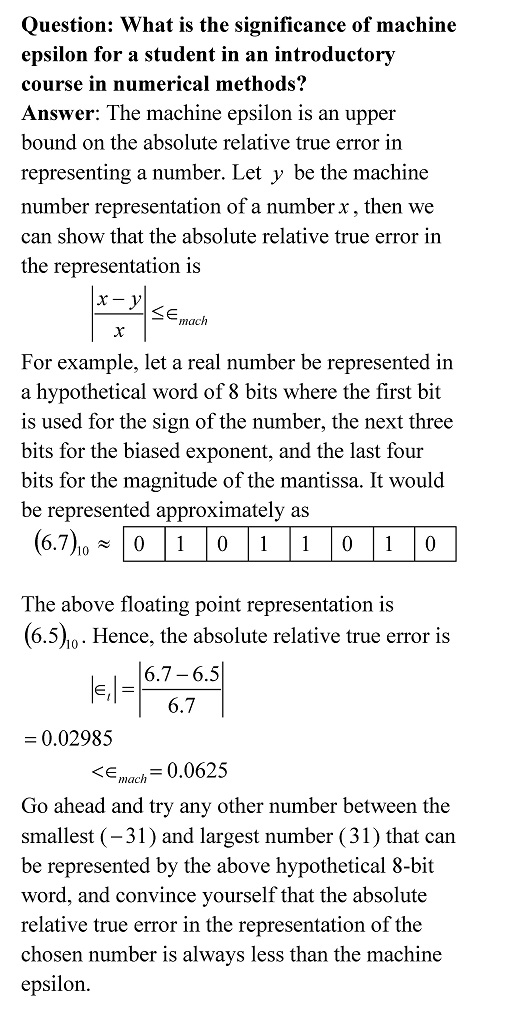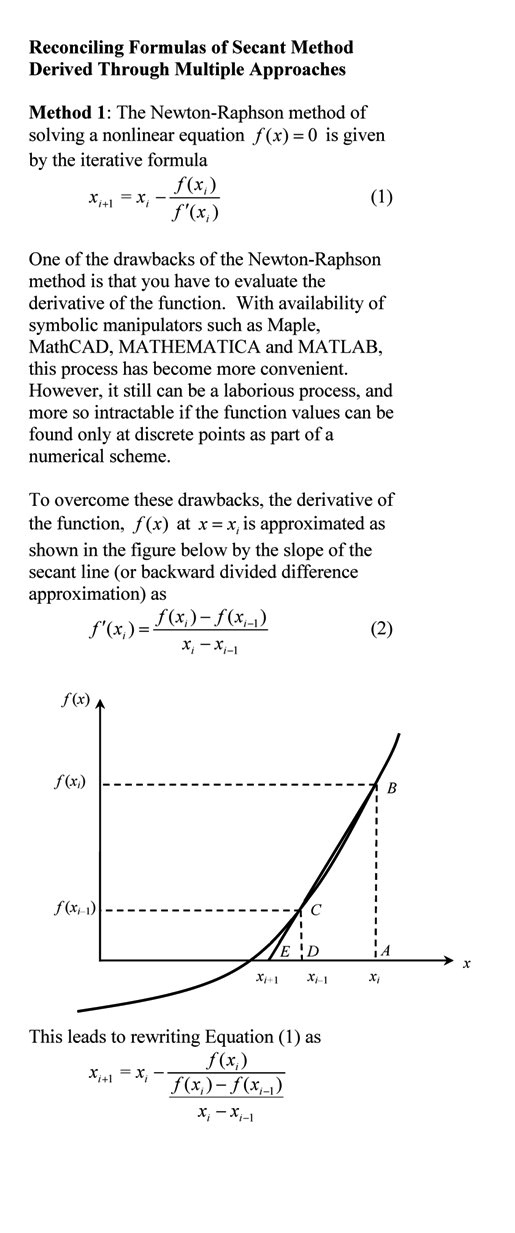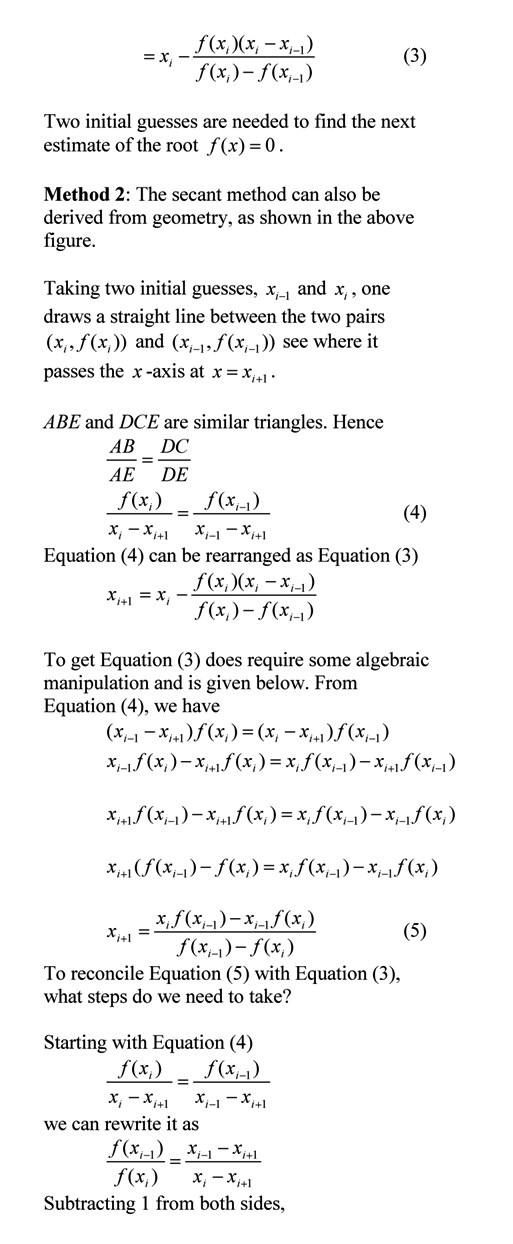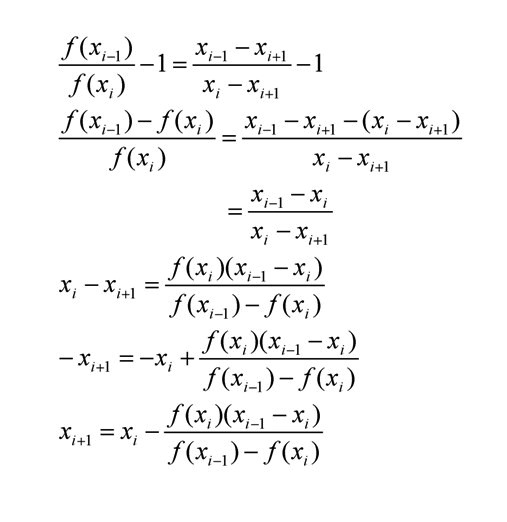Canvas lacks a key feature in its quiz option which many STEM (science, technology, engineering and mathematics) instructors have requested. In fact, I consider the lack of this feature as a bug. The error margins in setting up quiz problems based on a formula are based on true error and not on RELATIVE true error.
In Spring 2014, the university I teach at, University of South Florida is migrating from the current learning management system of Blackboard to Canvas. It has been a welcome change but Canvas lacks a key feature in its quiz option which many STEM (science, technology, engineering and mathematics) instructors have requested. In fact, I consider the lack of this feature as a bug.
To give you an example, one of the options in making a quiz is called the formula question. This option is attractive to STEM instructors as one can develop a question whose correct answer is numeric but based on a formula.
For example, one may ask the question what is x/3 and the instructor can choose a range of input values of x (say 1 to 100,000). The quiz option allows the instructor to generate up to 200 combinations with x being chosen randomly in the selected range. The quiz option asks for an error margin for the combinations. But here is the problem: The error margins are based on true error and not on RELATIVE true error. An error margin of +-1 may be acceptable for a question that asks – “What is 10000/3?” but not for “What is 1/3?”. This issue could be easily resolved by making the error margin to be a RELATIVE error margin.
The above example is simple to rectify as one may argue that one could use an error margin of +-0.001 and it would work reasonably well for all possible value of x, but for problems with many intermediate steps, where students could be carrying varying number of significant digits, the prescribed error margins can create issues with a correct answer being deemed incorrect.
I have tweeted to Instructure founders, submitted tickets to Canvas help, asked our LMS division in our university to communicate this issue, but I need your help in making this feature request popular. If you have your own CANVAS account (it is free to make one) or are using CANVAS as a student or a faculty member at your university, go to http://help.instructure.com/home, login and click on ME TOO button on this link: http://help.instructure.com/entries/21499124-Express-the-Error-Margin-in-Formula-Question-as-a-of-the-Result
Thank you.
______________________________________________
This post is brought to you by
_______________________________________________







